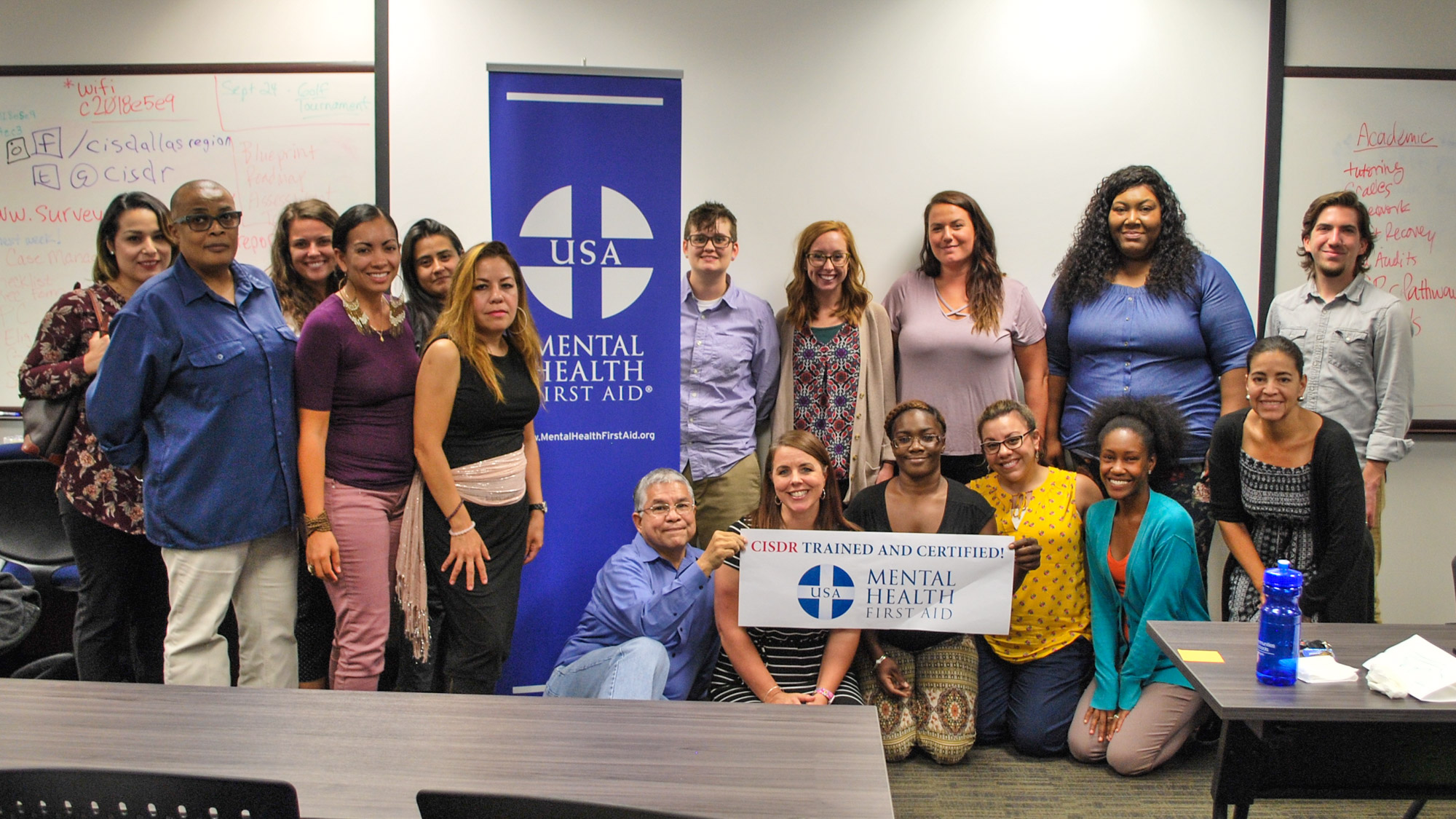In the United States every year close to 800,000 people suffer a stroke: a sudden interruption in the blood supply of the brain. Many are left with a dragging foot. But doctors are working on an inexpensive way to fix their footing.
"I used to walk three to five miles a day before my stroke and it would be nice if I could just walk a half a mile," said Diane Hintz.
Hintz is on the right track. She's making strides with this patented portable shoe. It's called the Moterum iStride device. It was invented at USF in Tampa. These doctors have been working for years to get it just right. And they're almost to the finish line.
"It took a lot of math. A lot of engineering and quite a few different prototypes to get it to work just right," said Kyle Reed, PhD, at the University of South Florida, Mechanical Engineering.
Get DFW local news, weather forecasts and entertainment stories to your inbox. Sign up for NBC DFW newsletters.
Many stroke patients are left with a limp because of damage to their central nervous system. This shoe helps rewire the brain so they can correct their gait. Doctors say it's more effective and cheaper than the typical split belt treadmill treatment and patients can even bring this home.
Reed continued, "The iStride device causes one foot to move backwards while they're walking and this helps to exaggerate one of the feet so it becomes more asymmetric, especially when they take it off. They have a corrected gait where it's more symmetric afterwards."
Seok Hun Kim, PT, PhD, Associate Professor at USF, Physical Therapy & Rehabilitation Sciences said, "Don't forget the patient is wearing the shoe on their good side."
Local
The latest news from around North Texas.
The shoe is worn on the good side so it forces the bad side to compensate for the irregular walking pattern. So far the study shows that within four weeks patients can feel a difference.
"The hope is that if you keep doing this every day you train you get a little more equalized in your step length and you're going to start walking faster," said Reed.
And that's just what Hintz needs so she can get that pep back in her step.
USF doctors say typical stroke rehabilitation uses a split belt treadmill. It is expensive and has to be done in an office setting with trained staff to monitor sessions. The iStride could be available to the public in a year.
Contributors to this news report include: Emily Maza Gleason, Field Producer; Cyndy McGrath, Supervising Producer; Hayley Hudson, Assistant Producer; Roque Correa, Editor; Travis Bell, Videographer.




